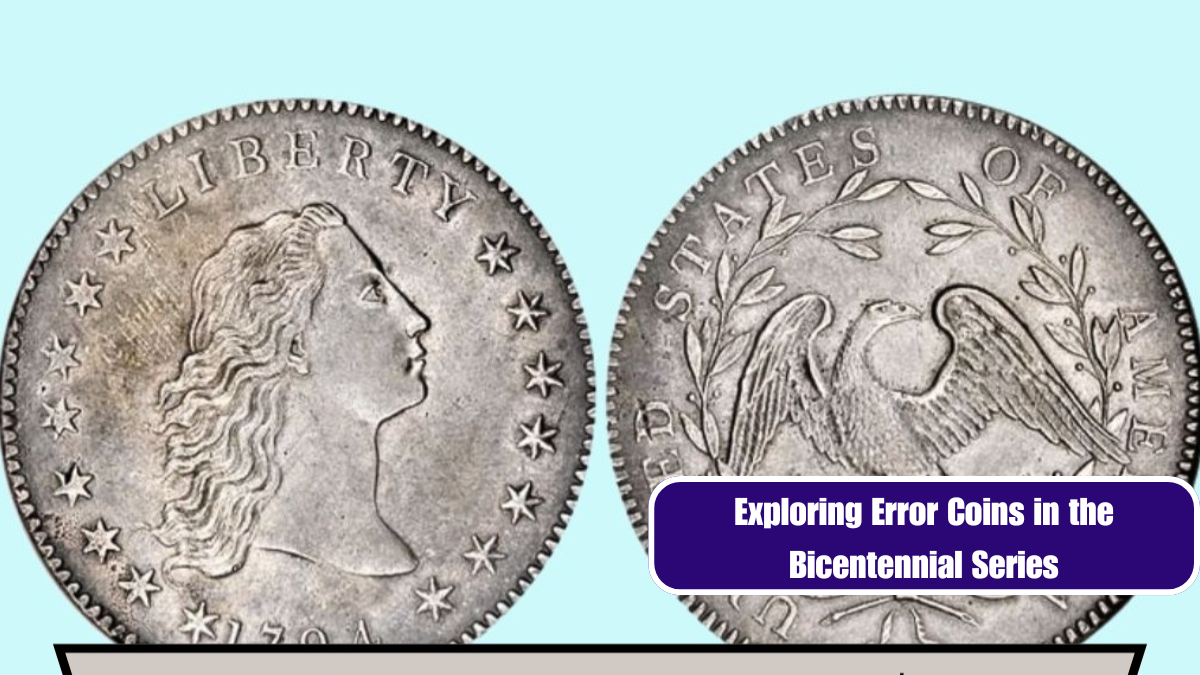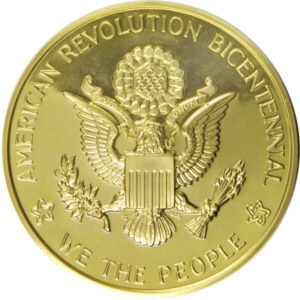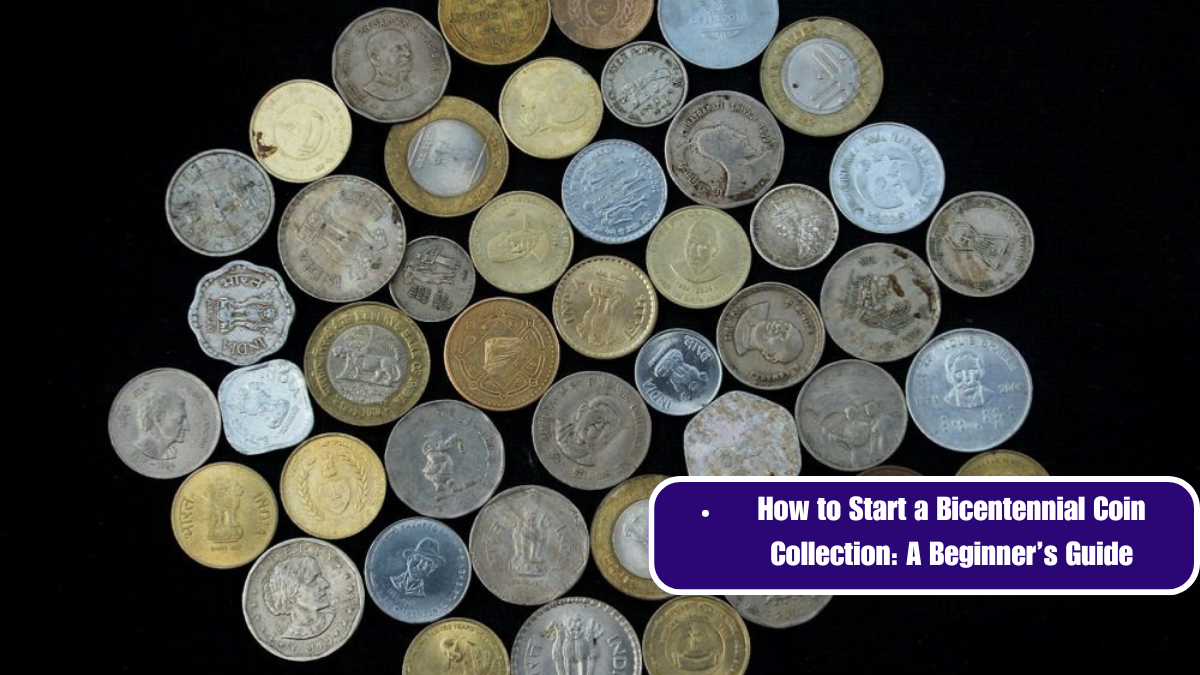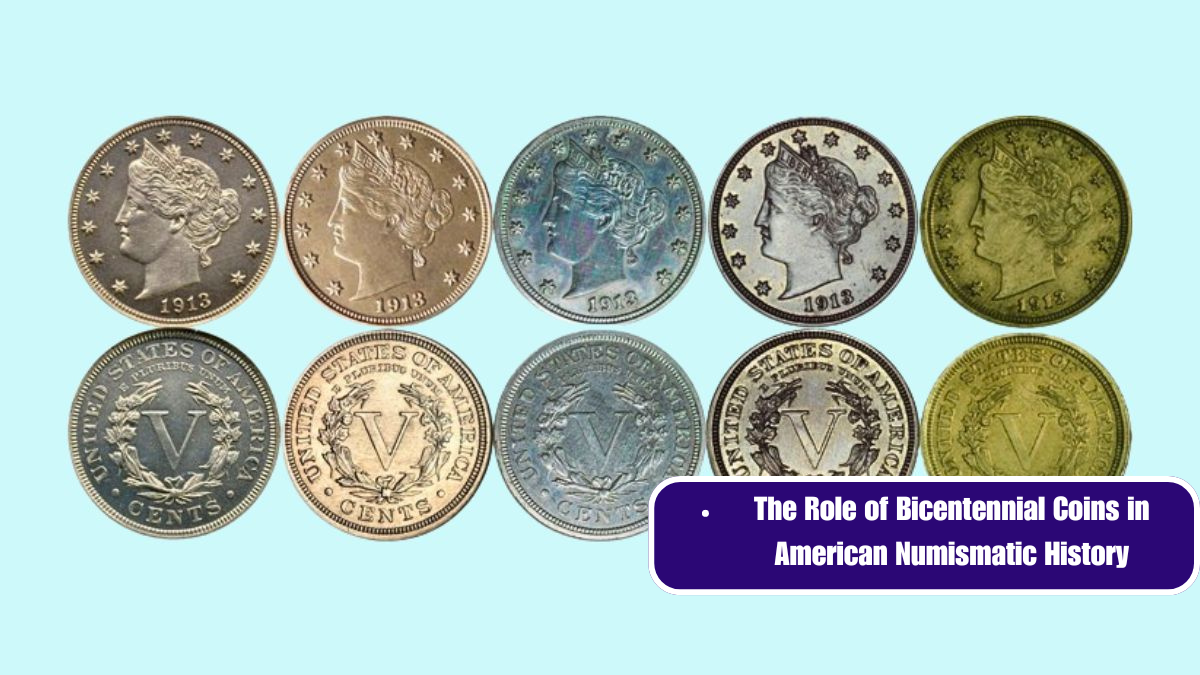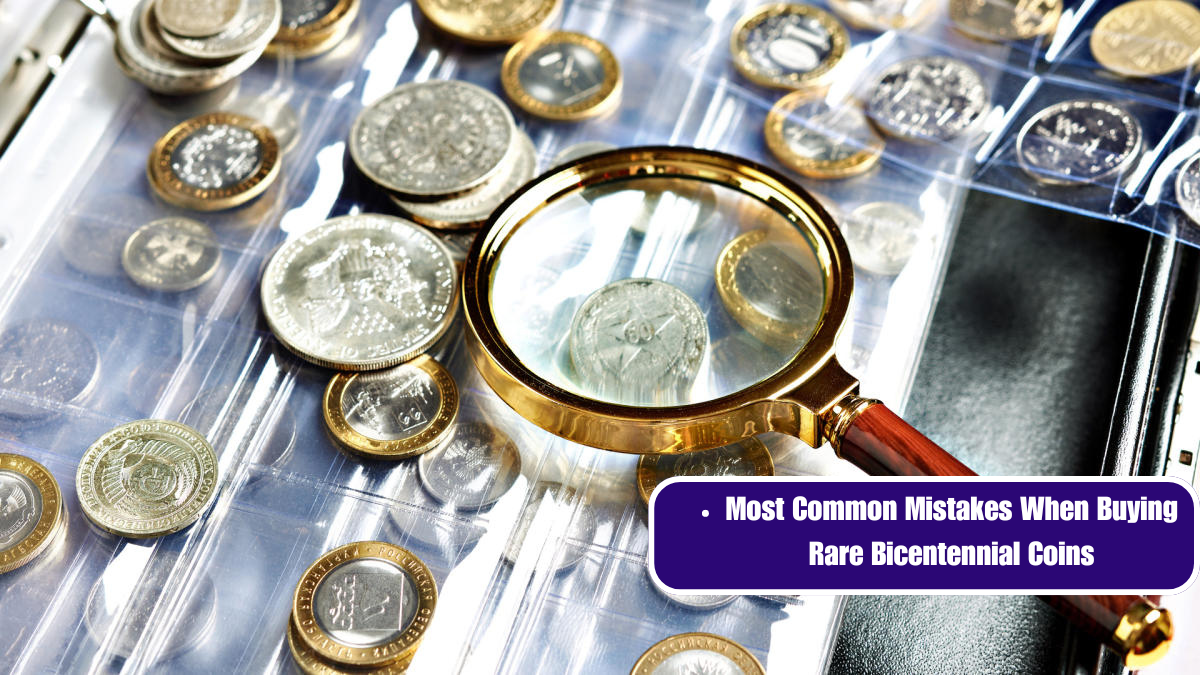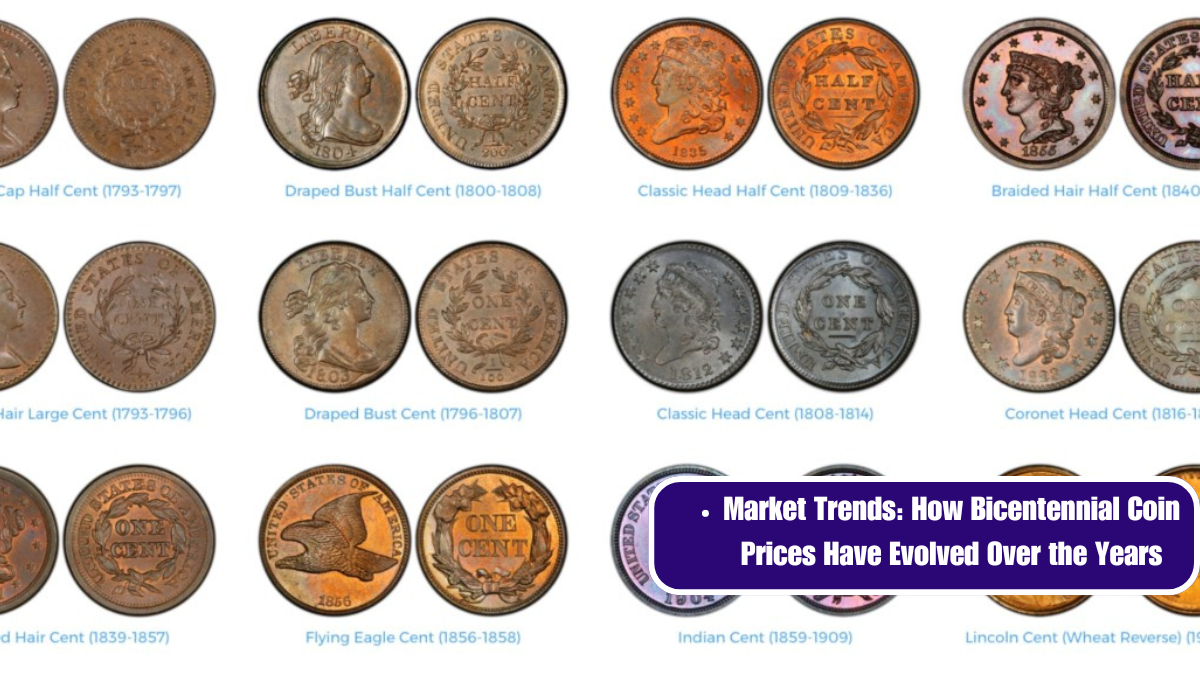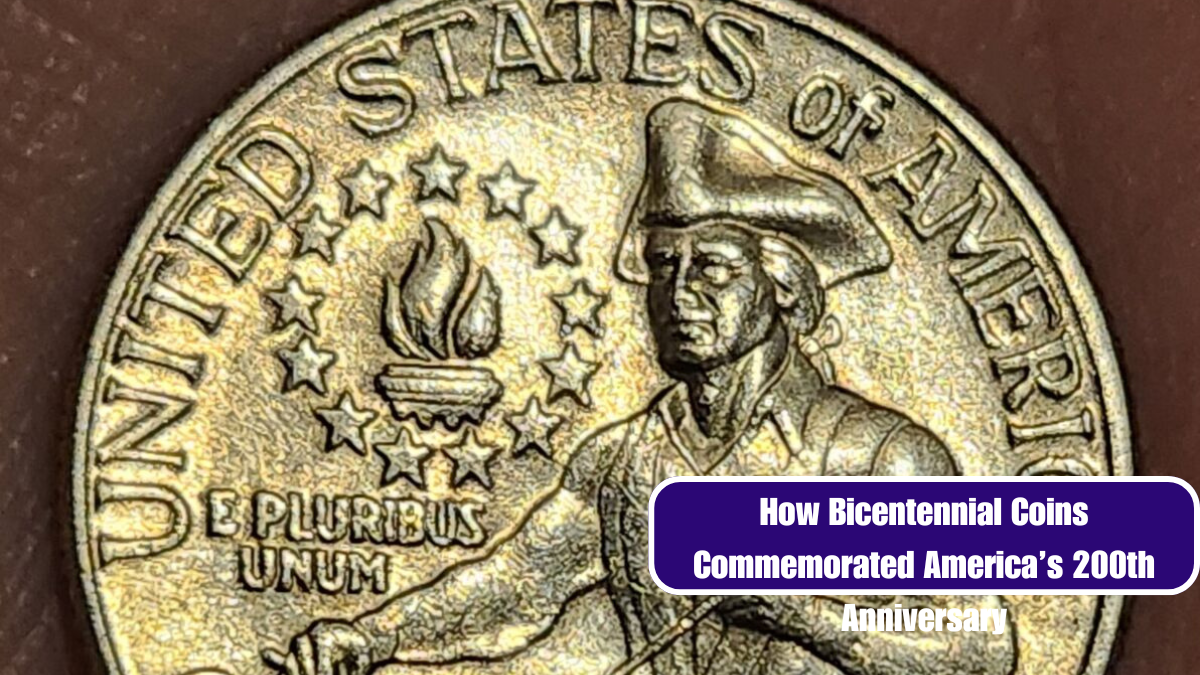The Bicentennial Series of U.S. coins, issued in 1975 and 1976, marks a unique and celebrated period in American numismatic history. These coins, commemorating the 200th anniversary of American independence, are cherished by collectors not only for their historical significance but also for the intriguing variety of error coins that have surfaced over the years. In this article, we delve into the world of error coins from the Bicentennial Series, exploring their types, causes, and what makes them highly sought after by enthusiasts.
Understanding the Bicentennial Series
Before we dive into the errors, it’s important to understand what makes the Bicentennial Series special. The series includes three denominations: the quarter, half dollar, and dollar, all redesigned for the bicentennial celebration. The quarter features a unique reverse design, depicting the Colonial Drummer Boy, which was chosen over the traditional eagle. Similarly, the half dollar showcases the Independence Hall, and the dollar commemorates Eisenhower with a small liberty bell in the moon.
Types of Error Coins
Error coins are those that deviate from the standard design or minting process due to various issues. In the Bicentennial Series, several types of errors have been identified, each adding to the intrigue of these coins:
- Double Striking Errors: These occur when a coin is struck more than once, leading to overlapping or misaligned images. For Bicentennial quarters and halves, this can result in a visible doubling of the design elements, making them highly collectible.
- Misplaced Date Errors: These errors involve the date or other inscriptions being incorrectly positioned on the coin. For instance, a Bicentennial quarter might have a date that’s partially off-center or misaligned.
- Planchet Errors: Sometimes, the blank metal discs (planchets) used to mint coins can be flawed. Common planchet errors include incorrect metal composition or thickness, leading to variations in weight and appearance.
- Die Cracks and Cuds: Die cracks appear when the die used to strike the coins develops a crack, which then transfers to the coin’s surface. Cuds are similar but involve larger areas of missing metal from the die, creating a raised or irregular spot on the coin.
- Off-Center Strikes: These occur when the coin is not properly aligned with the die during striking, resulting in a design that’s shifted or partially struck off the coin.
Causes of Error Coins
The creation of error coins in the Bicentennial Series can be attributed to several factors:
- Minting Pressure and Machinery Issues: High pressure used during the striking process or worn-out machinery can lead to errors in the coins.
- Human Error: Mistakes during the coin preparation and handling stages, such as incorrect placement of dies or planchets, can result in errors.
- Die Deterioration: Over time, the dies used to strike coins can degrade, leading to various types of errors.
Collecting and Valuing Bicentennial Error Coins
Collecting error coins adds a layer of excitement and challenge to numismatics. Error coins from the Bicentennial Series are especially prized for their rarity and unique characteristics. Their value can vary significantly based on the type and severity of the error, as well as the coin’s overall condition. Coins with dramatic and easily noticeable errors typically command higher premiums.
For collectors, the appeal of error coins lies in their rarity and the story behind their production. Each error coin represents a snapshot of the minting process, offering a glimpse into the complexities and imperfections of coin production.
The Bicentennial Series holds a special place in American numismatic history, and the error coins from this series add an extra layer of fascination. Whether you’re a seasoned collector or a newcomer to the world of error coins, exploring these unique pieces offers an engaging journey into the quirks and intricacies of coin minting. Each error coin is not just a collectible but a tangible piece of history, reflecting both the artistry and occasional unpredictability of the minting process.
For collectors looking to delve into the world of Bicentennial error coins, it’s essential to seek out reputable dealers, attend numismatic shows, and stay informed about the latest discoveries and valuations. With patience and a keen eye, you may uncover a rare gem that adds both value and intrigue to your collection.
